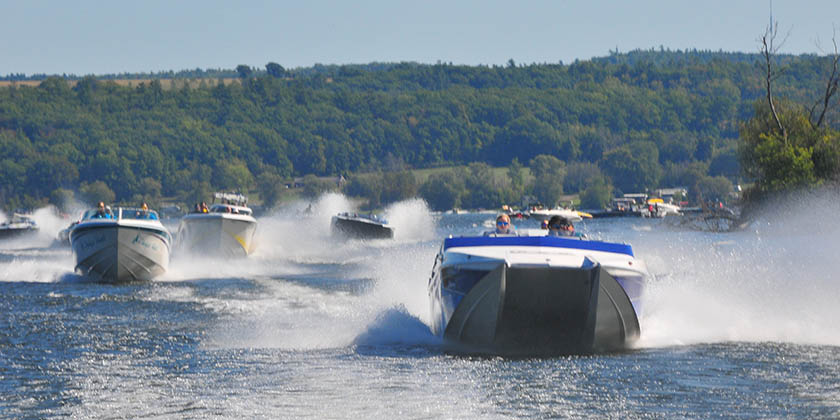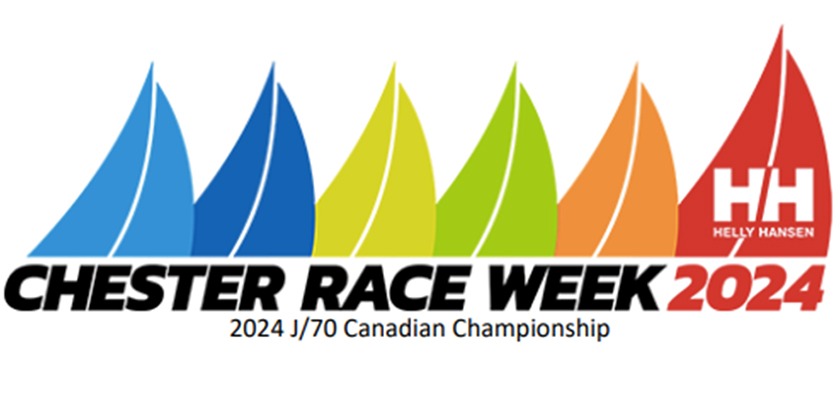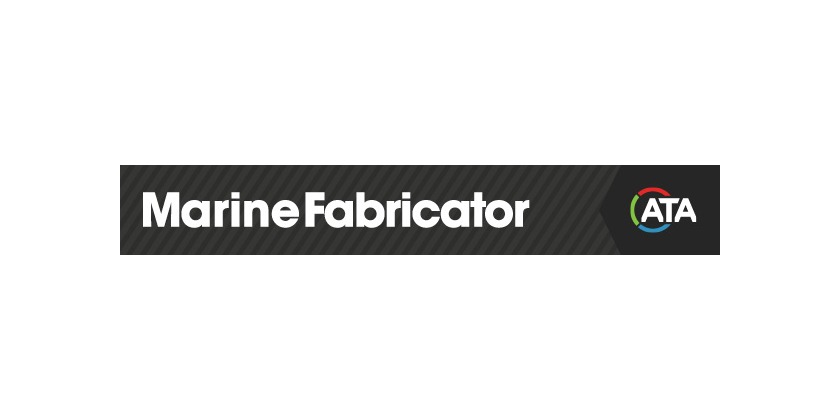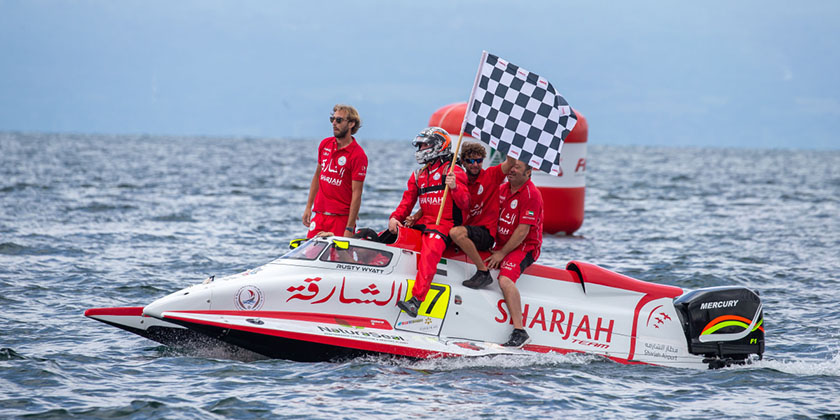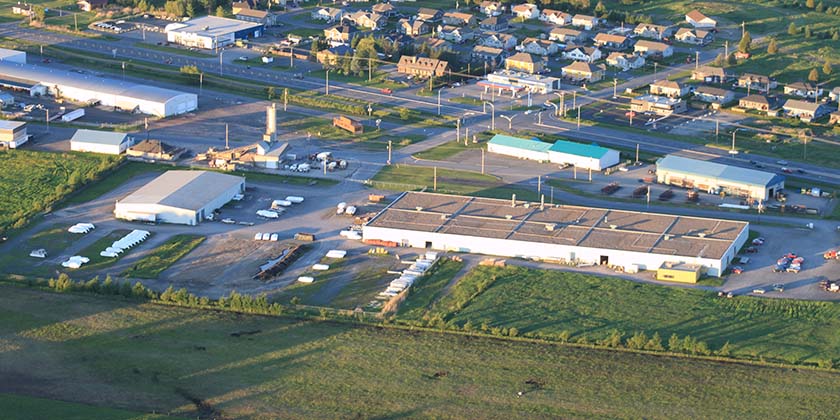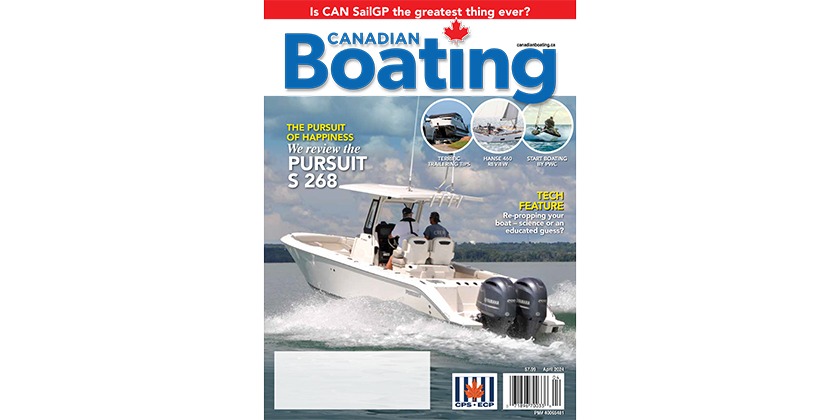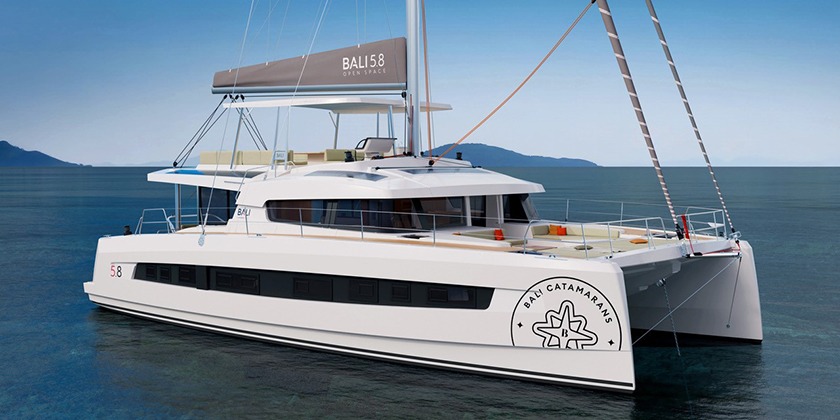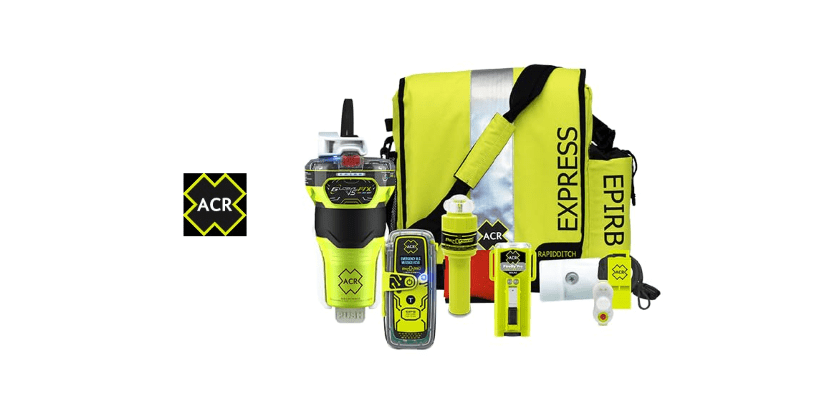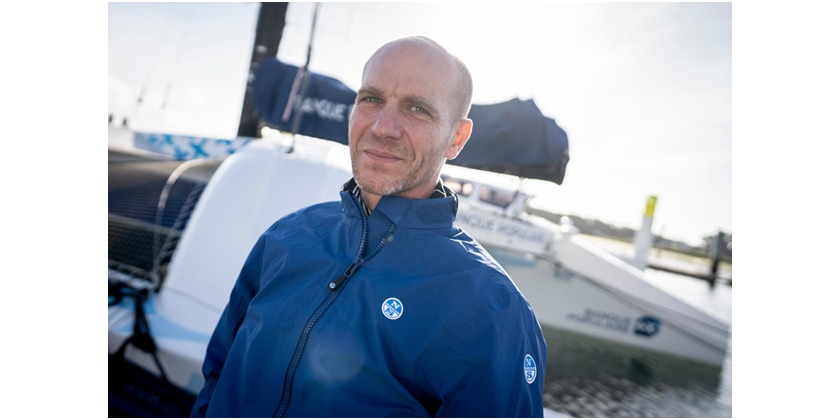Bluenose II, a Canadian Icon Returns to the Water
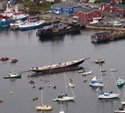
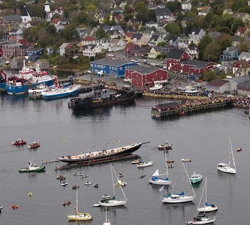 Thousands of Nova Scotians and visitors from across Canada were in Lunenburg today to celebrate the relaunch of the Bluenose II. Taking advantage of morning tides, the schooner was slowly winched into the water, link-by-link, from the 1,200-tonne marine railway at the Lunenburg Shipyard.
Thousands of Nova Scotians and visitors from across Canada were in Lunenburg today to celebrate the relaunch of the Bluenose II. Taking advantage of morning tides, the schooner was slowly winched into the water, link-by-link, from the 1,200-tonne marine railway at the Lunenburg Shipyard.
'The return of Bluenose II to water is a significant milestone in preserving Canada's and Nova Scotia's proud maritime history and a testament to the shipbuilding history of our great province,' said the Honourable Peter MacKay, Minister of National Defence and Regional Minister for Nova Scotia. 'Our government is a proud partner in the restoration of this historic vessel as we focus on creating local jobs, boosting tourism and spurring economic growth in Nova Scotia for years to come.'
'Seeing the Bluenose II return to the water where she belongs marks a proud day for Lunenburg residents, Nova Scotians, and all Canadians,' said Premier Darrell Dexter. 'The Bluenose II restoration has captured Nova Scotians' pride in our province's shipbuilding tradition and has boosted tourism and provided good, local jobs. Dozens of people have clocked countless hours to return the Bluenose II to the water, reminding us all that ships start here.'
The original Bluenose was an international racing and fishing champion schooner designed by William J. Roué and launched in 1921. Oland Brewery built the Bluenose II in 1963 and sold it to the province in 1971 for one dollar, paid with 10 Canadian dimes. Since then, the schooner has received many upgrades, but none matching the latest restoration, which included the complete rebuilding of the vessel's hull. The restoration was carried out by the Lunenburg Shipyard Alliance, a company owned by Snyder's Shipyard, Lunenburg Industrial Foundry and Engineering and Covey Island Boatworks.
Over the coming weeks and months, the schooner will receive its masts, rigging and sails, as well as new mechanical and electrical systems. The Bluenose II will sail again in spring 2013, with many visits to Nova Scotia communities.
The Government of Canada has invested up to $4,937,500 toward eligible restoration costs through the Infrastructure Stimulus Fund, part of Canada's Economic Action Plan. The Province of Nova Scotia has invested about $11 million in the restoration project.
The Government of Canada has engaged provinces, territories, municipalities and key stakeholders in a series of roundtables to guide the development of a new long-term infrastructure plan that will support job creation, economic growth and prosperity. To improve infrastructure across Canada and leverage new investment, the Government of Canada's new long-term plan will encourage greater use of public-private partnerships, while respecting the capacity of Canadian taxpayers.

